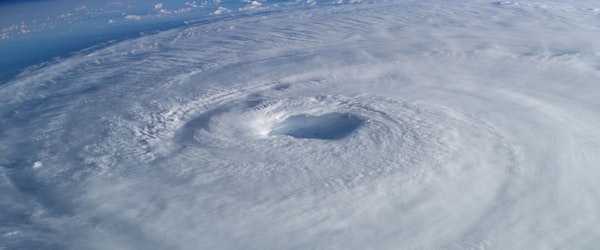
How a Warmer Climate Could Drive a 39% Surge in U.S. Hurricane Insurance Losses
Tuesday, July 15th, 2025 Catastrophe Insurance Industry Property Risk ManagementA new climate change scenario study by MS Amlin and Reask estimates that insured losses from hurricanes across the contiguous U.S. could rise by approximately 39 percent under a 2 degrees Celsius warmer climate compared to today’s conditions. Average annual losses (AAL) are projected to increase significantly, especially along the East Coast, where rising sea surface temperatures and reduced wind shear are expected to support stronger and more frequent hurricane landfalls. Florida and New York, two high-exposure states, could see AAL increases of 44 and 64 percent, respectively.
The study employs a regional landfall adjustment approach based on advanced tropical cyclone modeling and a 100,000-year simulated event set. Unlike national-level adjustments, regional modeling captures localized differences in landfall trends, offering more accurate insights into how climate change may shift hurricane risk. The largest relative increases in landfall frequency are forecasted for the Mid-Atlantic and Northeast, which currently have less frequent major hurricanes but are projected to see rapid increases in risk under warming conditions.
These findings highlight the uneven impacts of climate change on insured losses, with regional insurers and reinsurers facing highly variable exposure profiles. The reduction in years without hurricane landfalls—estimated at 30 percent—also suggests that short-term volatility will rise, making risk-based pricing and capital allocation more complex.
In response, the report urges preemptive mitigation, such as strengthening building codes in areas newly at risk. With insurance gaps likely to widen in the absence of adaptation, public and private sectors may need to reassess how they manage and transfer risk in a warming world.





